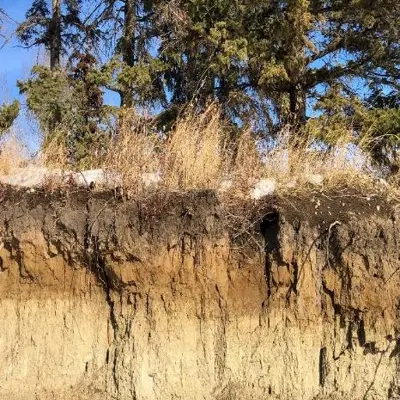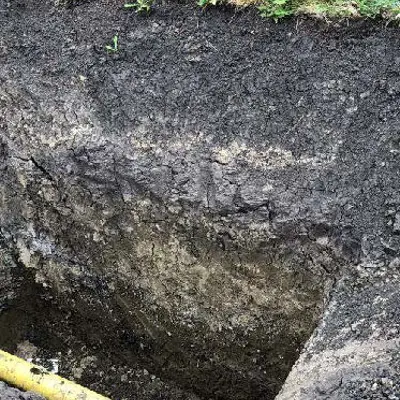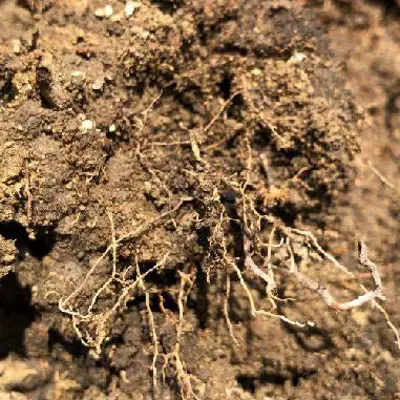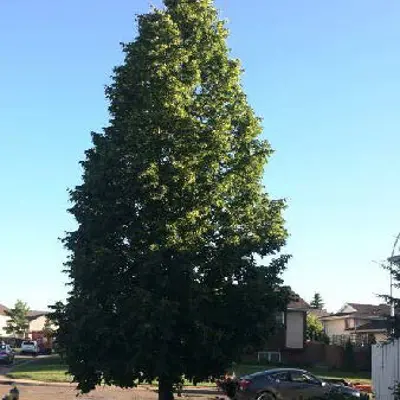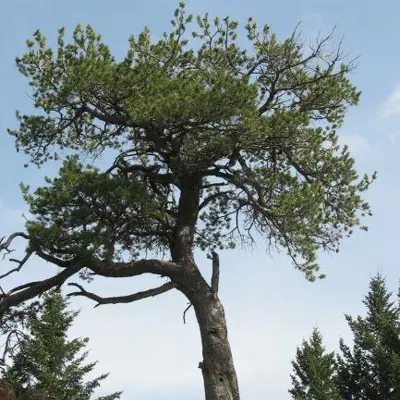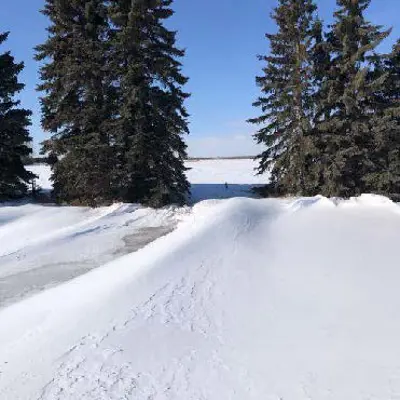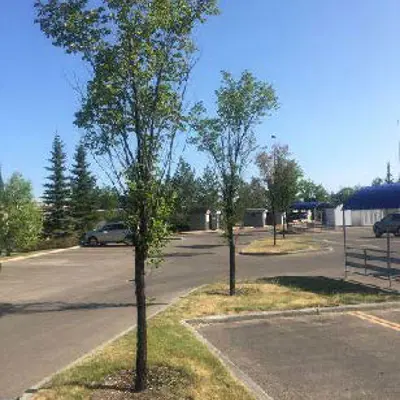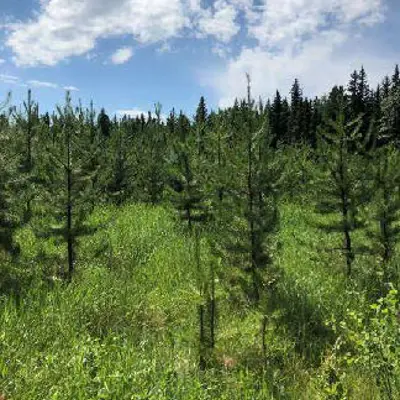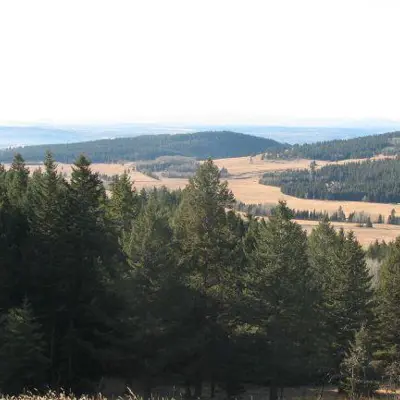Site Assessments for Trees
Prior tree selection, planting, care, and maintenance of a site assessment is a must if you want your trees to survive and thrive. A site assessment is a thorough and detailed evaluation of site conditions to understand limitations or opportunities for tree and shrub survival, growth, and vigour. Each site is different, and understanding and assessing your site is vital. When assessing it is important to look at the soil, water, and nutrients, as well as space, light, temperature, and wind information, which will allow your trees or shrubs to grow. The assessment can be divided down into soil, climate, and space conditions when choosing tree or shrub species to plant.
Soil Conditions
Understanding soil conditions is one of the most important assessments prior to choosing trees for planting. A tree is supported both structurally and nutritionally by its roots in the soil. Any soil limitations will result, directly or indirectly, on tree survival, growth, and vigour, as well as future health problems. The following should be considered during soil condition assessment:
Type of Soil: (ie. Luvisol, Chernozem, Regosol) The type of soil can be obtained from various sources including Alberta Soil Information Viewer. Understanding your soil types and their limitations will greatly influence what tree species you should choose. For example, there are very few trees that will grow, thrive, or survive on soil with high sodium levels or organic soils.
Soil Texture: This is defined by the soil’s relative amounts of sand and clay. Soil influences moisture holding capacity, drainage rate, and nutrient availability. Several tree species (poplars, willow, elm) can survive and thrive in clay soils which retain moisture and nutrients but are prone to compaction. In contrast, some tree species (pine, Siberian larch) prefer drier, sandy soils that drain well and resist compaction, but have reduced water and nutrient holding capacity, are nutrient poor, and moisture deficient.
Soil pH and Plant Nutrients: These are important determinants of a site’s suitability for tree growth. Most trees prefer pH levels between 5.5 - 7.0, but several tree species can survive on more acidic or more alkaline soils. Soil testing can evaluate soil fertility, pH levels, and organic matter, and is highly recommended before tree selection and planting.
Soil Compaction: This is the squeezing together of soil particles, reducing the space available for air and water. Compaction is a long-term underlying problem for tree health. In compacted soils, water infiltration is slow and root penetration is difficult. Trees grown in compacted soils are less vigorous, making the tree susceptible to insects, diseases, and mechanical damage, and overall have poor tree health. Soils with very high clay content are easily compacted compared to coarse textured and sandy soils. In extreme cases, roots are forced to the surface.
Soil Drainage: This is the soil’s ability to intercept and remove surface or groundwater. Water moves through soil at various rates depending on climate, topography, soil texture, and structure. The best way to determine your site’s drainage is to observe the site after a rain or dig a hole to perform your own drainage test. Ask yourself after it has rained, is the water draining or staying on the surface? After rainfall, dig a hole in the soil, is it wet or dry? You could also dig a hole 12 cm (1 ft) deep and fill it with water. Observe the hole for the next 12 hours to see how rapidly the water drains. A fast drain is considered more than 15 cm (6 in) an hour, a moderate drain is 2 - 15 cm (1 - 6 in) per hour, and a slow drain is less than 2 cm (1 in) per hour.
Soil Volume: This is the measure of soil available for root growth. In urban towns, roads, and certain reclamation areas the soil volume is inadequate for rooting space and will limit water and oxygen availability, nutrient uptake, and microorganisms necessary for successful tree growth. In areas where soil volume is limited, a selection of smaller tree species can grow with limited root systems.
Other soil information, such as weeds, erosion, compaction, and construction are also important to assess.
Climatic Conditions
Understanding climatic conditions is equally important to prior choosing trees for planting. Climatic limitations will impact overall tree selection. The following things should be considered during climatic conditions assessment:
Canadian Plant Hardiness Zone: The plant hardiness zone provides insights into what you can grow in your area and combines information about a variety of climatic conditions across the entire country. Alberta ranges from Zone 1a in northern Alberta to 5a in southern Alberta. Local microclimate knowledge is very important and obtaining local information from gardeners, landowners, and professionals is crucially important.
Wind: Direction, speed and frequency can greatly impact tree selection. Strong winds (warm chinook and cold jet streams) impose several stresses on trees, including stunted growth, shorter branches, smaller leaves, and leaning and uprooted trees. Sites exposed to constant wind are usually drier and may need supplemental watering to prevent them from drying out as quickly. Alberta Agriculture and Forestry's Current and Historical Alberta Weather Station Data Viewer provides information on prevailing winds and develops a 'Wind Rose' from local weather stations. Wind tunnels are very common in urban areas, but also in river valleys, improperly designed shelterbelts, and along rural roads.
Frost: Frost can be very destructive to trees. Early frost is especially destructive for tender seedlings that are too fragile to survive sudden dips in temperature. Fruit trees are extremely vulnerable to frost damage and require extra attention prior to planting. Local low areas are where cooler air collects and lower air temperatures cause frost to occur. These frost pockets are usually found at the bottom of slopes or land depressions (bowls). Several trees are susceptible to frost and thaw damages.
Snow: Snow is excellent insulator for trees and roots. Lack of snow makes trees more vulnerable from the effects of cold, wind, and sub-zero temperatures. Excessive amounts of snow may physically damage trees, create local flooding during the springtime, and cause winterburn in coniferous trees.
Sunlight Levels: Sunlight levels are important as some trees prefer full sunlight (i.e. pine) while others prefer partial or full shade (i.e. white spruce) for growth. Sunlight levels can be blocked by surrounding trees or buildings.
Water: Water is crucial for tree growth. Having sufficient water quantity and quality for irrigation purposes during drought or stressful times is important. In areas where deep aquifers and soil contain significant amounts of sodium, checking for levels of sodium in water prior to watering is a must.
Site Conditions
Site conditions will determine what tree species you choose to plant. Local microsite evaluation is required.
Elevation is variable in Alberta, ranging from just below 700 meters near the Saskatchewan border to 1,100 meters in parts of Calgary and rising further west. This elevation difference impacts how some trees grow, as higher elevations are colder and can limit the growth of many trees, especially hardwood species.
Slopes are a factor for determining vegetation. The vegetation on opposing slopes is vastly different. South-facing slopes are warmer and dryer than north-facing slopes. South-facing slopes are dominated by sun loving species, such as pines, larch, birch, poplars, and aspen. The north-facing slopes are colder, moist, and have less sunlight and heat, commonly inhabited by white spruce and balsam fir tree species.
Space limitations (above and underground) can be influenced by things such as above ground powerlines, buildings, roads, other human-caused structures, and underground utilities. Soil volumes are also important to assess.
Choosing trees and shrubs species for your land can be very challenging but also very rewarding endeavor. Proper and careful assessment of your soil, climate, and site conditions will greatly help you with tree and shrub selection, and will pay off in the long run.
Contact Us
Saddle Hills
Junction of Hwy 49 & Secondary Hwy 725
RR1, Spirit River AB
T0H 3G0
T. 780-864-3760
Fax 780-864-3904
Toll-free 1-888-864-3760
frontdesk@saddlehills.ab.ca
Sign up to our Newsletter
Stay up to date on the Saddle Hills activities, events, programs and operations by subscribing to our eNewsletters.

